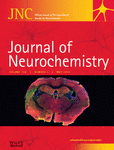Journal list menu
Export Citations
Download PDFs
Issue Cover
Issue Cover (May 2014)
- First Published: 19 April 2014
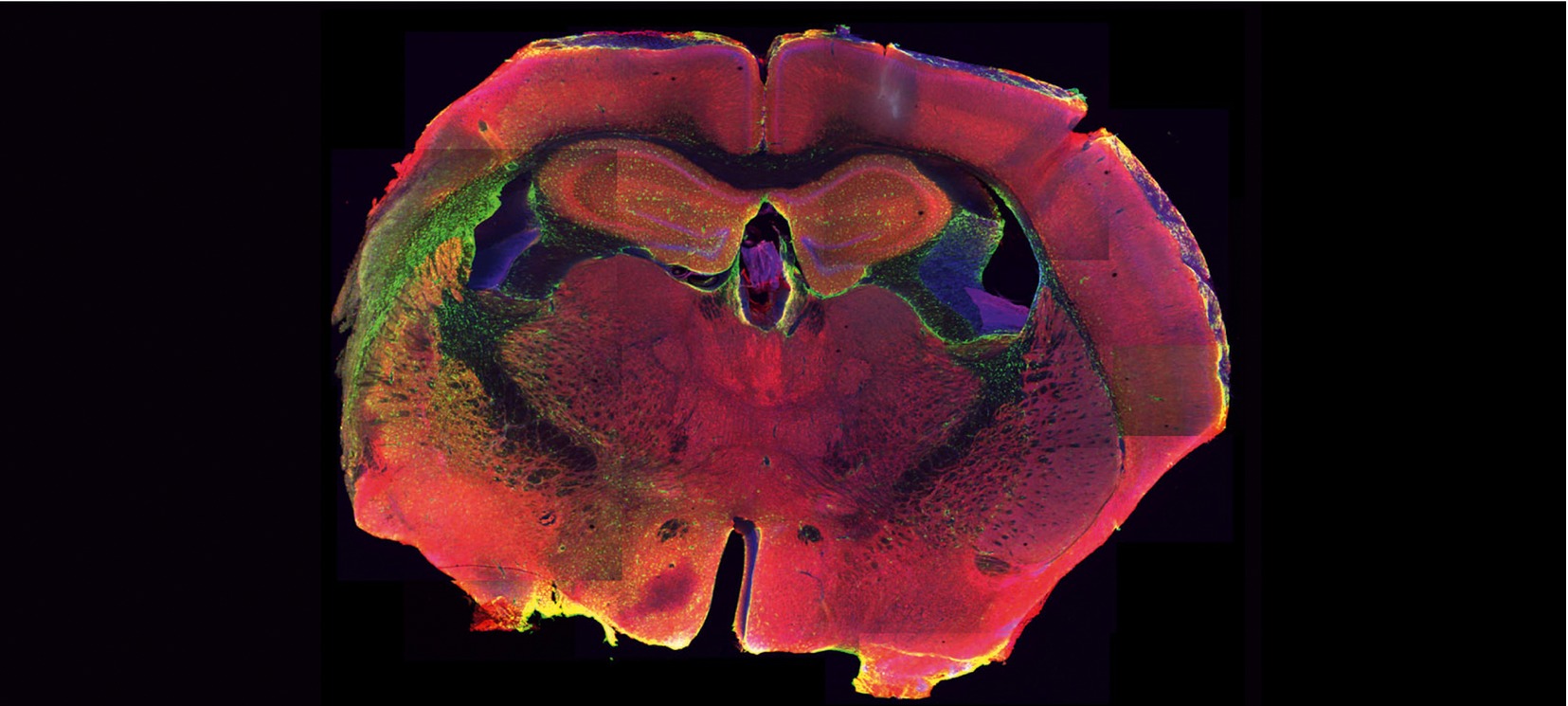
Front cover: Confocal image of a brain slice (50 μm) from a mouse two days after 45 min middle cerebral artery occlusion. The infarct (on the left and involving ventral auditory cortex, striatum, pyriform cortex) is characterized by loss of Map2 labeling of neuronal elements (red) and increased GFAP in reactive astrocytes (green). Nuclei are labeled with Sytox (blue). Note the engorged blood vessel outlined by astrocyte end-feet, which is located above the infarct area. J. Neurochem. 2014, vol. 129 (3), pp. 509–515.
Read the full article on doi: 10.1111/jnc.12498
Issue Information
IN THIS ISSUE
EDITORIAL HIGHLIGHT
Carbon recycling goes full circle: fatty acids to excitatory amino acids and now excitatory amino acids to fatty acids
- Pages: 363-365
- First Published: 19 March 2014
Read the full article ‘Fatty acid biosynthesis fromglutamate and glutamine is specifically induced in neuronal cells under hypoxia’ on doi: 10.1111/jnc.12617
REVIEW ARTICLES
The rhythm of retinoids in the brain
- Pages: 366-376
- First Published: 24 November 2013
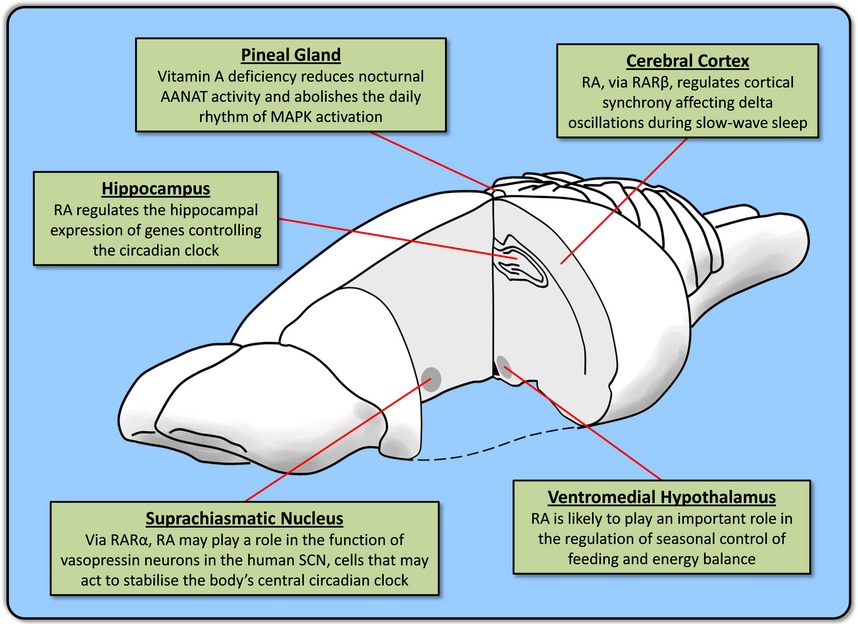
We review the role of vitamin A and retinoic acid (RA) as mediators of rhythm in the brain. In the suprachiasmatic nucleus and hippocampus they control expression of circadian clock genes while in the cortex retinoic acid is required for delta oscillations of sleep. Retinoic acid is also central to a second rhythm that keeps pace with the seasons, regulating function in the hypothalamus and pineal gland.
Is the mTOR-signalling cascade disrupted in Schizophrenia?
- Pages: 377-387
- First Published: 24 November 2013

During neurodevelopment, genetic and epigenetic factors can disrupt mTOR signalling which affects synthesis of proteins essential for correct neuronal growth and network connectivity. This renders the CNS particularly vulnerable to the effects of secondary factors during adolescence which increases the risk of developing schizophrenia in adulthood. This review discusses the functional roles of the mTOR cascade and presents evidence in support of a novel mTOR-based hypothesis of the neuropathology of schizophrenia. Testing this hypothesis will advance our understanding of the aetiology of this illness and reveal novel therapeutic targets.
Modeling human neurological disorders with induced pluripotent stem cells
- Pages: 388-399
- First Published: 29 November 2013
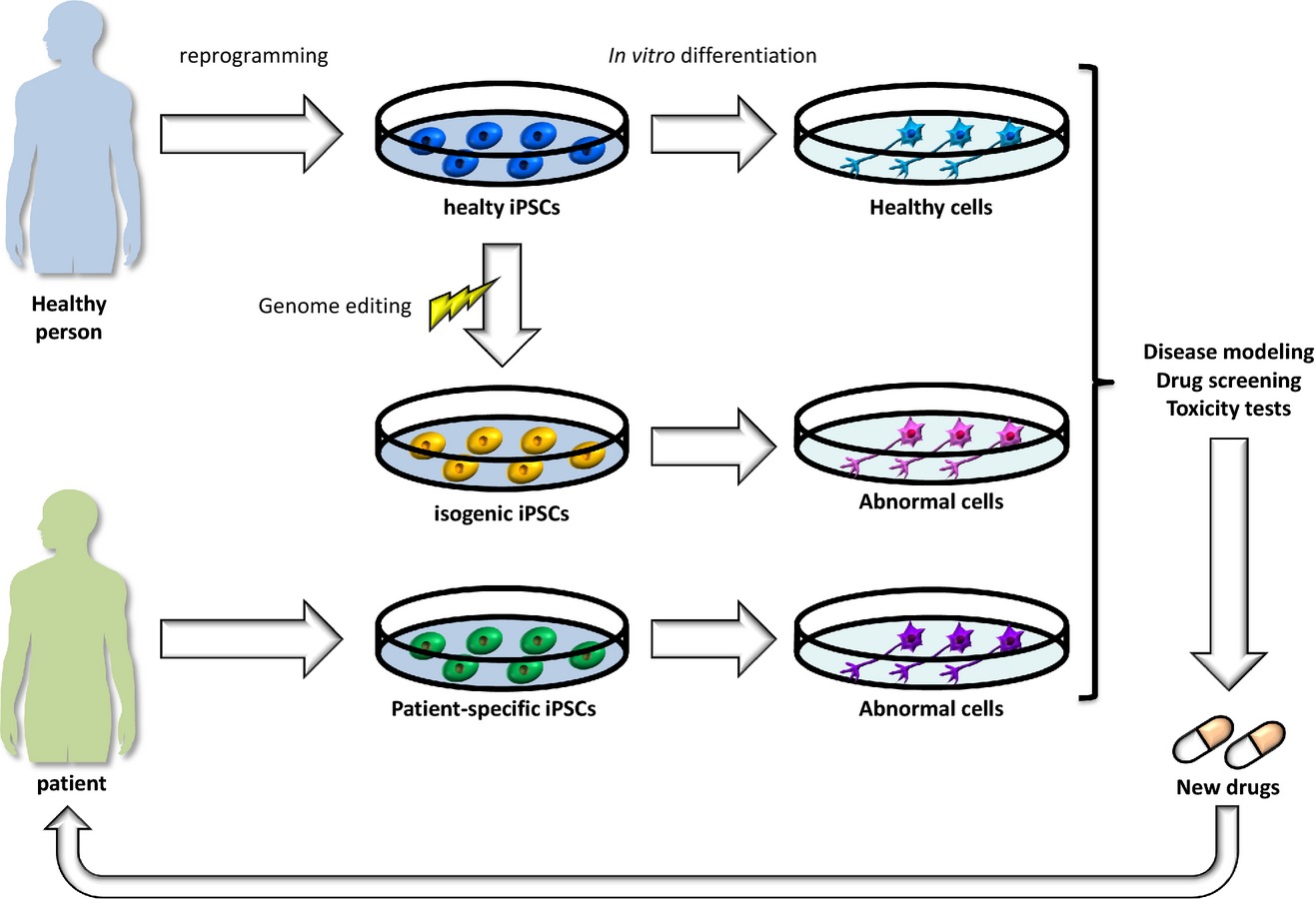
The production of human induced pluripotent stem (iPS) cells from the patients' somatic cells and their subsequent differentiation into specific cells have permitted the in vitro construction of disease models that contain patient-specific genetic information. Furthermore, innovations of gene-editing technologies on iPS cells are enabling new approaches for illuminating the pathogenic mechanisms of human diseases. In this review article, we outlined the current status of neurological diseases-specific iPS cell research and described recently obtained knowledge in the form of actual examples.
HIGHLIGHTED ARTICLE
ORIGINAL ARTICLES
Bioenergetics & Metabolism
Fatty acid biosynthesis from glutamate and glutamine is specifically induced in neuronal cells under hypoxia
- Pages: 400-412
- First Published: 24 November 2013
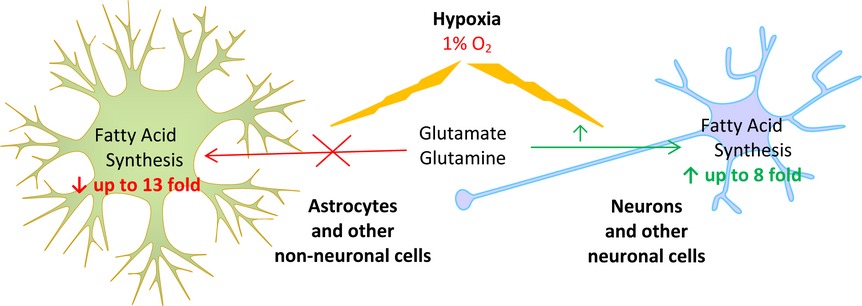
We identified a novel neuronal specific pathway for adaptation to hypoxia through increased fatty acid biosynthesis from glutamine and glutamate (Gln/Glu) followed by esterification into lipids. All other non-neuronal cells tested demonstrated decreased or unchanged lipid synthesis from Gln/Glu under hypoxia. Incorporation of other lipogenic substrates into lipids was decreased under hypoxia in neuronal cells. We believe that this finding will provide a novel strategy for treatment of oxygen and energy deficient conditions in the neuronal system.
Read the Editorial Highlight for this article on doi: 10.1111/jnc.12692
ORIGINAL ARTICLES
Bioenergetics & Metabolism
Hypoxia causes autophagic stress and derangement of metabolic adaptation in a cell model of amyotrophic lateral sclerosis
- Pages: 413-425
- First Published: 20 December 2013
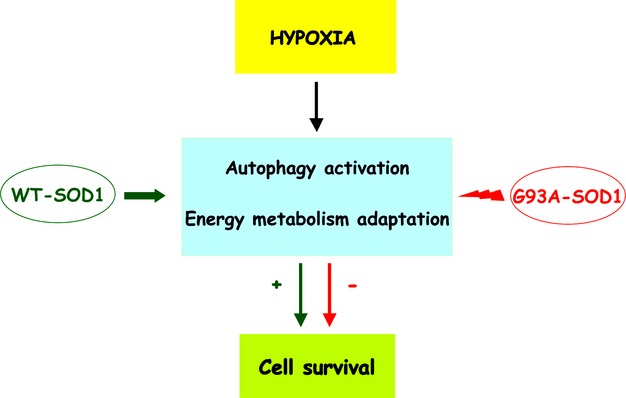
Hypoxia activates autophagy and modifies glycolysis and mitochondrial respiration as fundamental cell adaptive mechanisms. This stress is closely related to amyotrophic lateral sclerosis. The recruitment of autophagy and mitochondrial dysfunction are documented in patients and models expressing mutant Cu, Zn superoxide dismutase (SOD1) protein, but their impact in the disease remains unclear. G93ASOD1 cells were more susceptible to hypoxia than wild-type SOD1 cells and showed autophagic stress and inappropriate handling of energy metabolism. Defective adaptation to hypoxia may contribute to neurodegeneration.
The ketogenic diet component decanoic acid increases mitochondrial citrate synthase and complex I activity in neuronal cells
- Pages: 426-433
- First Published: 03 January 2014
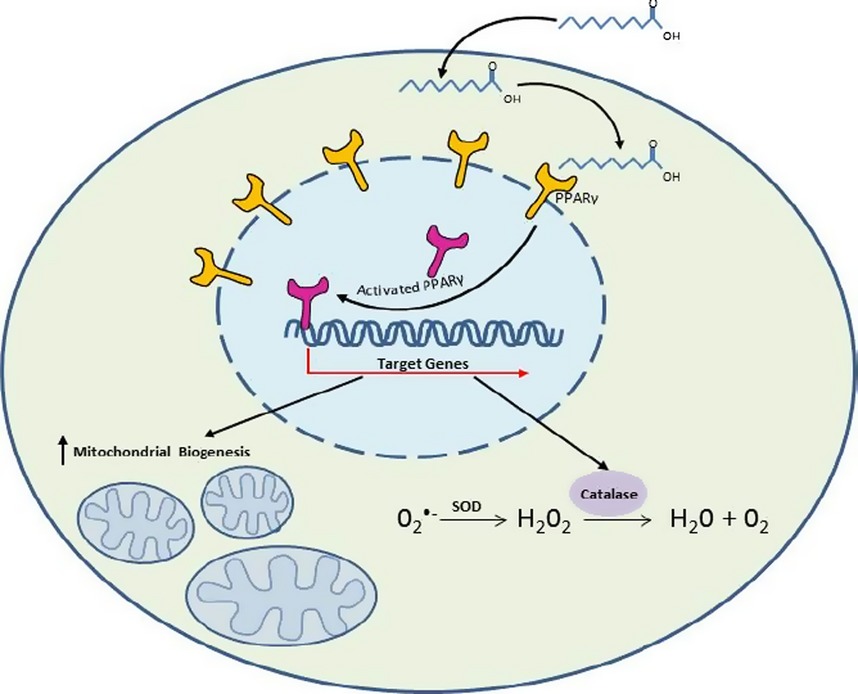
We propose that decanoic acid (C10) results in increased mitochondrial number. Our data suggest that this may occur via the activation of the PPARγ receptor and its target genes involved in mitochondrial biogenesis. This finding could be of significant benefit to epilepsy patients who are currently on a strict ketogenic diet. Evidence that C10 on its own can modulate mitochondrial number raises the possibility that a simplified and less stringent C10-based diet could be developed.
Neuroinflammation & Neuroimmunology
DJ-1 deficiency triggers microglia sensitivity to dopamine toward a pro-inflammatory phenotype that is attenuated by rasagiline
- Pages: 434-447
- First Published: 06 December 2013
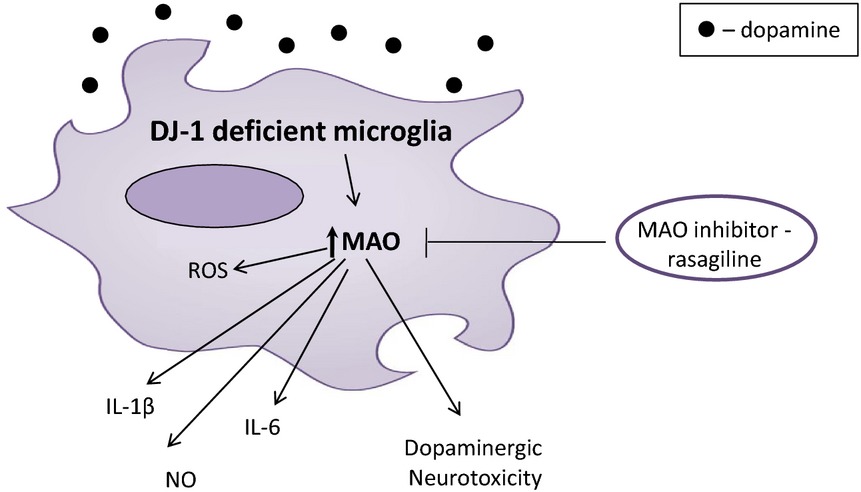
We postulated that DJ-1 deficiency may increase microglial neurotoxicity to dopaminergic neurons. We discovered that DJ-1-deficient microglia had increased monoamine oxidase (MAO) activity that resulted in elevation of intracellular reactive oxygen species, nitric oxide, and pro-inflammatory cytokines, leading to increased dopaminergic neurotoxicity. Rasagaline, an MAO inhibitor approved for treatment of PD, reduced the microglial pro-inflammatory phenotype and neurotoxicity.
LPS or ethanol triggers clathrin- and rafts/caveolae-dependent endocytosis of TLR4 in cortical astrocytes
- Pages: 448-462
- First Published: 18 December 2013
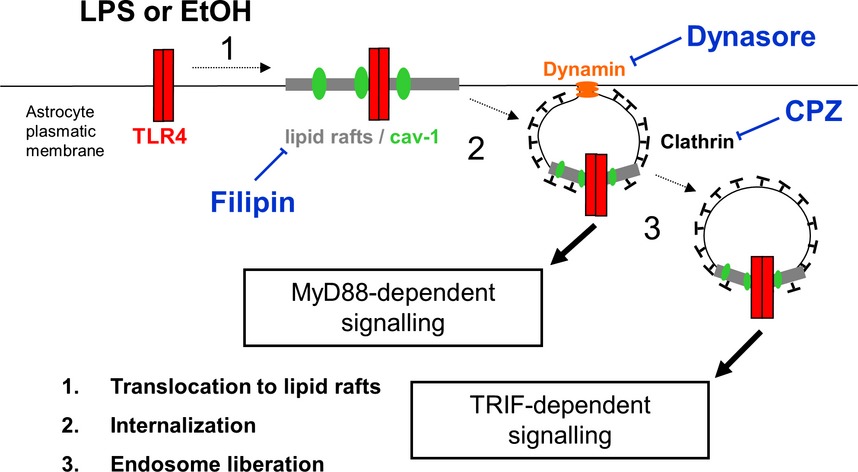
The results demonstrate that ethanol or lipopolysaccharide (LPS) triggers toll-like receptor 4 (TLR4) endocytosis by caveolae and clathrin-dependent pathways in astrocytes. We proposed that while clathrin is the protein responsible for TLR4 internalization, caveolin-1/lipid rafts membrane microdomains are required for TLR4 signaling. The results provide new insights into the effects of ethanol on TLR4 signalling in astrocytes, events that may underlie neuroinflammation.
Role of beta-defensin 2 and interleukin-4 receptor as stroke outcome biomarkers
- Pages: 463-472
- First Published: 04 January 2014
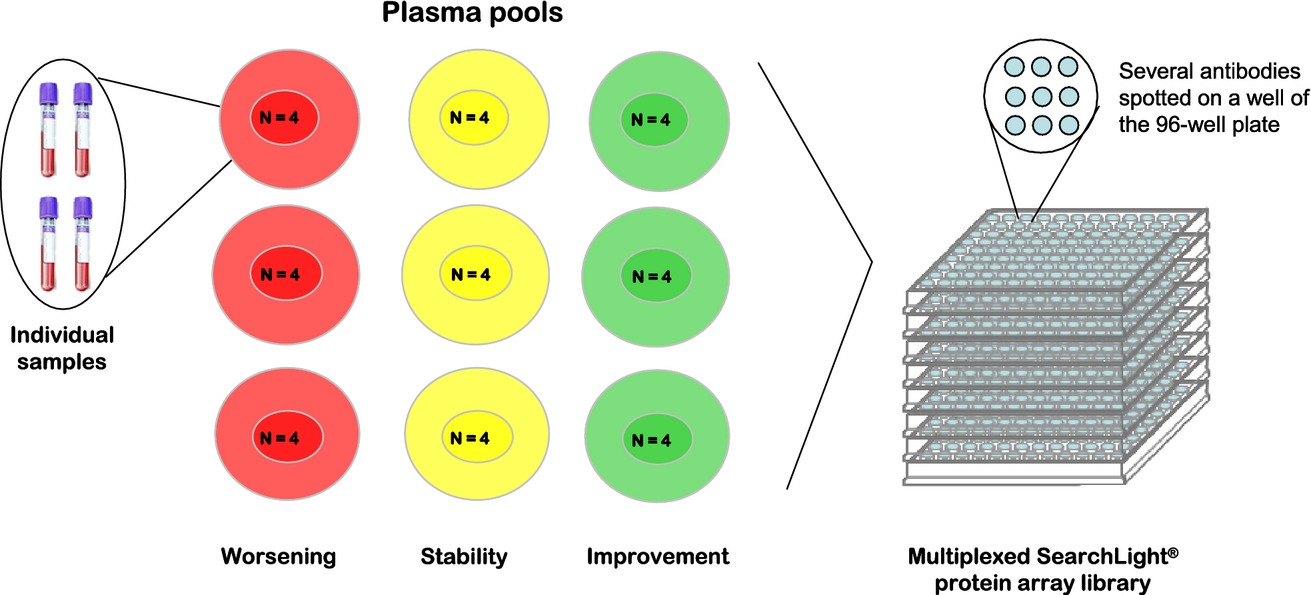
Early neurological deterioration after stroke is not easily predictable. The use of blood biomarkers might help in decision-making processes regarding this complication. By combining a sub-pooling of samples strategy with protein array discovery approach, we have found two new biomarkers: beta-defensin-2 and interleukin-4 receptor. Both biomarkers improve the prediction of poor-outcome over clinical variables in the acute phase of stroke.
Complement selectively elicits glutamate release from nerve endings in different regions of mammal central nervous system
- Pages: 473-483
- First Published: 06 January 2014
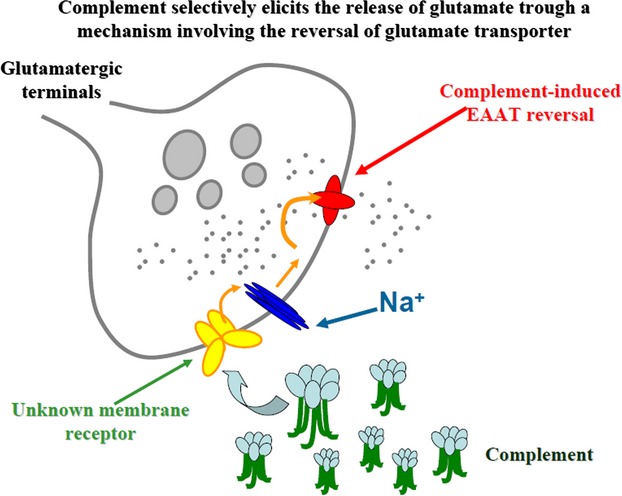
We investigated whether complement, a complex of soluble and membrane-associated serum proteins, could pre-synaptically affect the release of classic neurotransmitters in the central nervous system (CNS). Our data provide evidence that complement-induced releasing activity is restricted to glutamatergic nerve endings, where it was accounted for by carrier-mediated release. Our observations add new insights to the knowledge of the molecular events accounting for immune and CNS crosstalk. EAAT = excitatory amino acid transporter.
Neuronal Plasticity & Behavior
Effects of the selective sigma-1 receptor antagonist S1RA on formalin-induced pain behavior and neurotransmitter release in the spinal cord in rats
- Pages: 484-494
- First Published: 03 January 2014
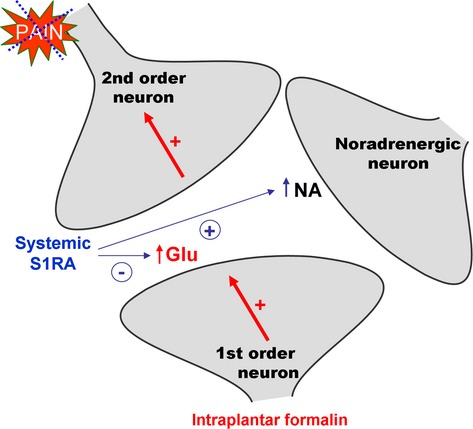
Formalin-induced nociceptive effect occurs concomitantly with an enhancement of glutamate (Glu) level in the dorsal horn spinal cord. The selective σ1 receptor antagonist S1RA results in inhibition of formalin-evoked Glu release, no modification of GABA levels, and enhancement of noradrenaline (NA) levels. This increased spinal NA activates spinal α2-adrenoceptors producing the attenuation of the formalin-induced pain behaviour
Sex differences in activation of the hypothalamic–pituitary–adrenal axis by methamphetamine
- Pages: 495-508
- First Published: 09 January 2014

Methamphetamine induces a prolonged plasma corticosterone response in females compared to males. This may be mediated by increased neural activation, involving a greater activation of glucocorticoid receptor-positive cells, in males in the CA3 and cingulate brain regions, which are involved in negative feedback functions. These findings indicate a sex difference in the neural regulation of methamphetamine-induced plasma corticosterone release.
Molecular Basis of Disease
MS-275, a Class I histone deacetylase inhibitor, protects the p53-deficient mouse against ischemic injury
- Pages: 509-515
- First Published: 21 October 2013

Optic nerves from wild-type and p53-deficient mice, engineered to express cyan fluorescent protein (CFP) in neuronal mitochondria, were subjected to oxygen–glucose deprivation (OGD) in the presence and absence of a specific inhibitor of Class I histone deacetylases. The protective effect of MS-275 was evidenced by mitochondrial preservation, and this was most pronounced in the absence of p53.
Cover Image for this issue: doi: 10.1111/jnc.12555.
Reduction in DHA transport to the brain of mice expressing human APOE4 compared to APOE2
- Pages: 516-526
- First Published: 18 December 2013
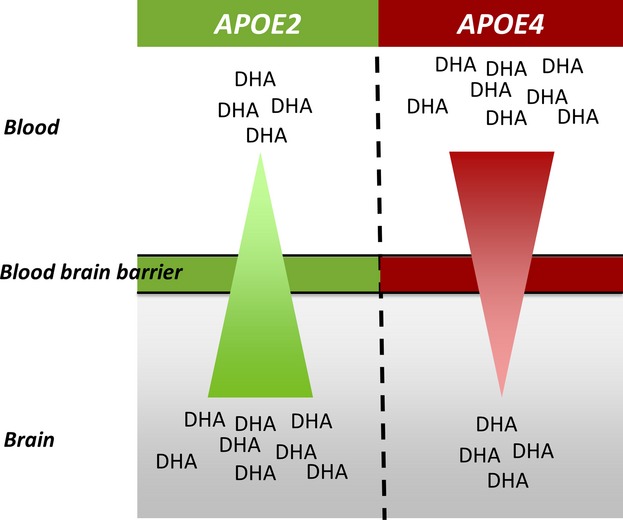
Using human APOE2, 3, and 4 isoform-specific transgenic mice, we found a lower brain uptake of docosahexaenoic acid (DHA) in APOE4 than in APOE2 mice that may limit the biodistribution of DHA in cerebral tissues. These data provide a mechanistic explanation for the lack of benefit of DHA in APOE4 carriers on cognitive function and the risk of Alzheimer's disease (AD).
Tnfaip8 l1/Oxi-β binds to FBXW5, increasing autophagy through activation of TSC2 in a Parkinson's disease model
- Pages: 527-538
- First Published: 21 January 2014
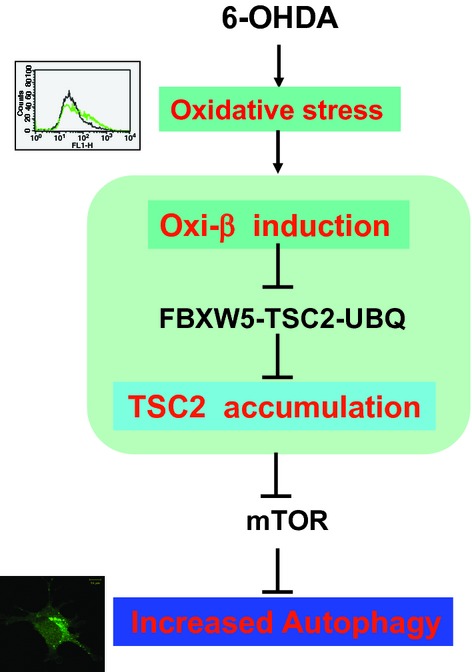
Dysfunctional autophagy is frequently observed in post-mortem brains of patients and animal models of Parkinson's disease. In dopaminergic neurons of the 6-hydroxydopamine (6-OHDA) model, oxidative stress induces Tnfaip8 l1/Oxi-β, which results in increased autophagy by its exclusive binding with FBXW5 to stabilize TSC2. Thus, altered regulation of Tnfaip8 l1/Oxi-β may contribute to dysregulated autophagy in dopaminergic neurons under pathogenic oxidative stress, implicating both Oxi-β and FBXW5 as potential intervention targets for dysfunctional autophagy in dopaminergic neurons under oxidative stress.
Sulforaphane enhances proteasomal and autophagic activities in mice and is a potential therapeutic reagent for Huntington's disease
- Pages: 539-547
- First Published: 03 January 2014
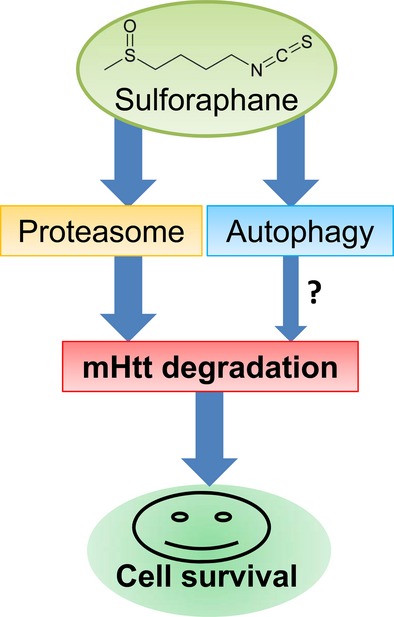
Accumulation of mutant huntingtin (mHtt) protein causes Huntington's disease (HD). Sulforaphane (SFN), a naturally occurring compound, increased proteasome and autophagy activities in vivo and enhanced mHtt turnover and cell survival in HD cell models. SFN-mediated mHtt degradation is mainly through the proteasome pathway. These data suggest that SFN can be a therapeutic reagent for treating HD and other intractable disorders.
ser31 tyrosine hydroxylase phosphorylation parallels differences in dopamine recovery in nigrostriatal pathway following 6-OHDA lesion
- Pages: 548-558
- First Published: 11 January 2014

Properties of dopamine biosynthesis were evaluated in the 6-OHDA model of Parkinson's disease by studying the impact of tyrosine hydroxylase (TH) protein loss on its own phosphorylation and dopamine (DA) tissue content in rat nigrostriatal pathway. A dichotomous response was observed between striatum and substantia nigra in that dopamine per remaining TH decreased in striatum, but increased in substantia nigra. Phosphorylation at ser31 reflected these differences, indicating that ser31 phosphorylation may be critical to maintain dopamine with progressive TH protein loss. Drawings are from slides purchased from Motifolio (http://motifolio.com/).




